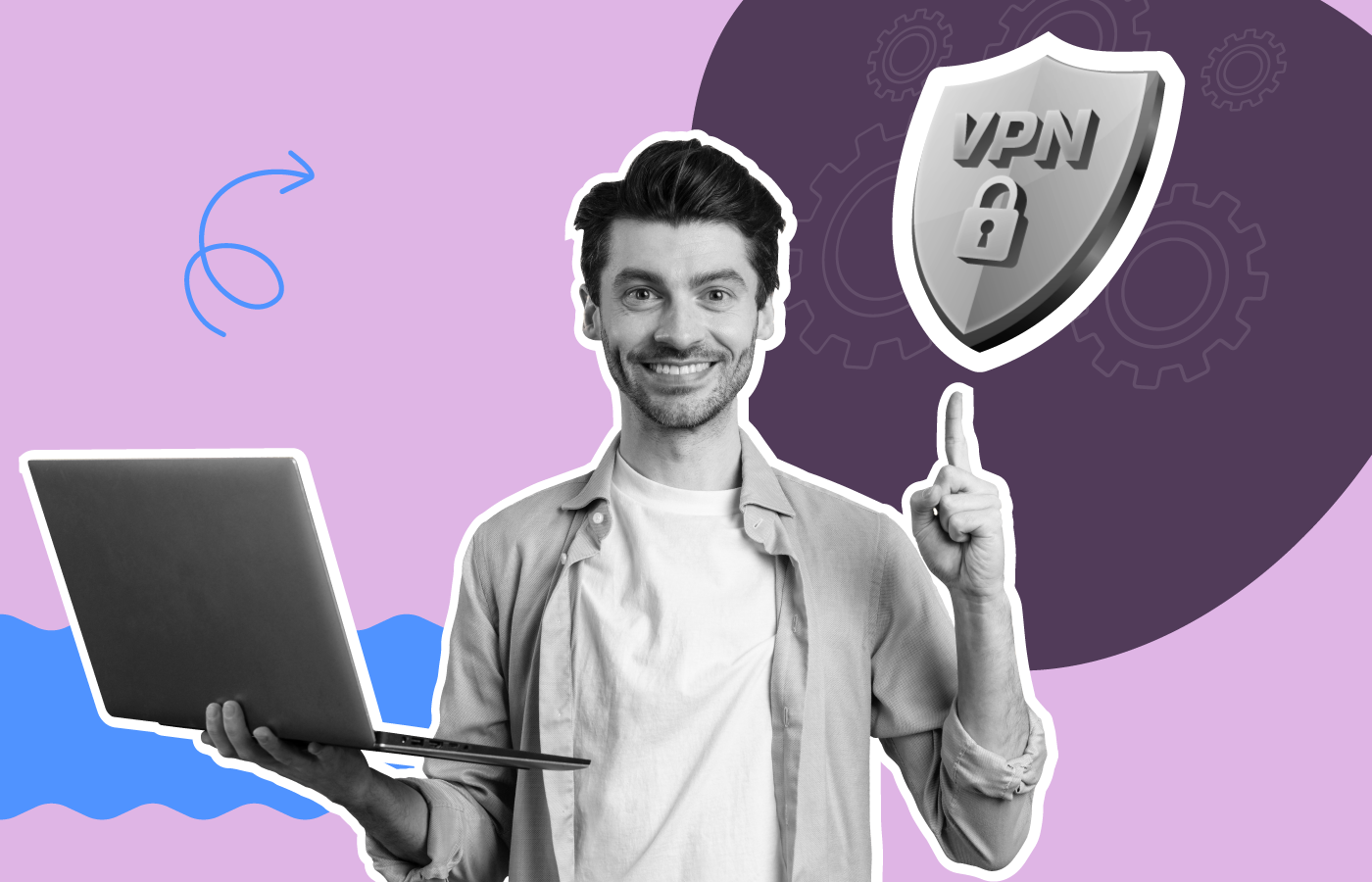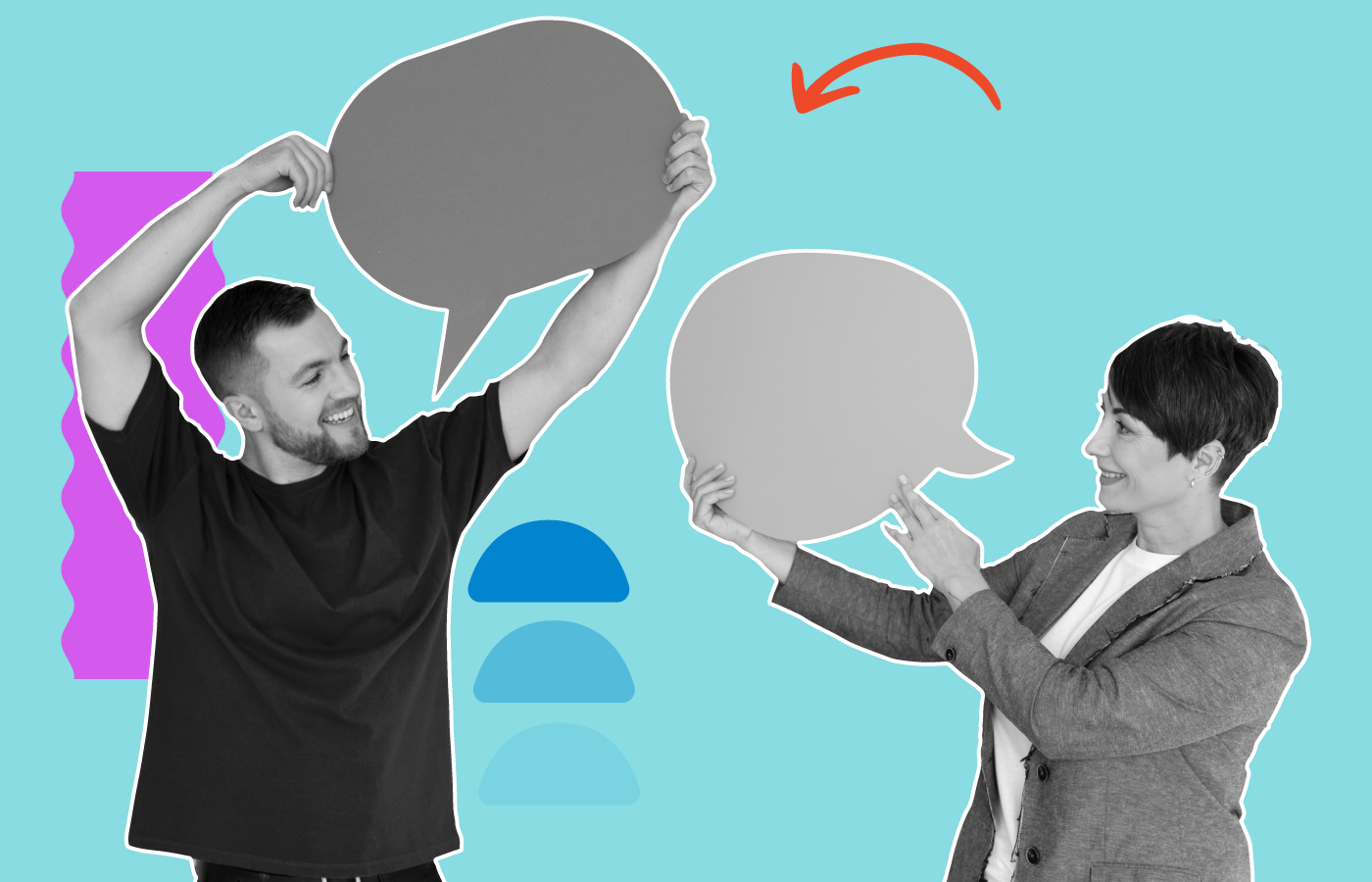1. What Is an Employee Engagement Model?
An employee engagement model is a framework used to foster staff happiness and productivity in the workplace. It is an extremely important tool because keeping staff involved and invested in a company has been linked to everything from higher profitability to lower staff turnover. Gallup’s most recent meta-analysis of employee engagement at over 100,000 businesses even found it correlated with higher rates of customer loyalty.
2. How Do You Develop an Employee Engagement Model?
There are numerous existing employee engagement models and theory-based blueprints out there. Understanding more of the thought and processes behind each strategy will help you decide which one is best for your company. Below are nine different examples you can consider as a jumping-off point.
3. Top Employee Engagement Models
3.1. The Zinger Model
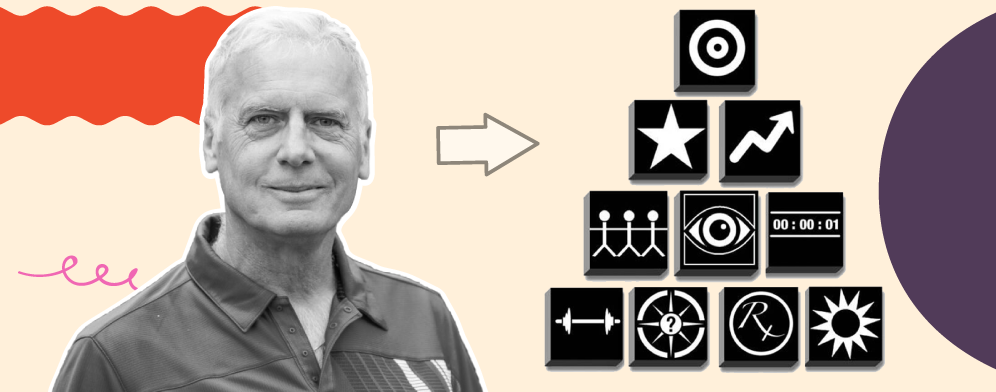
Created by consultant David Zinger, the Zinger Model is a diagrammatic representation of employee engagement that has at its foundation 14 elements:
- Achieve results. Begin by visualizing the end goals you hope to reach at the end.
- Craft strategy. Start thinking about how you will reach the end goals.
- Connect. Making employees care commences with creating a connection.
- Authentic. There needs to be a genuine sense that an organization is focused on employee engagement.
- Recognition. Acknowledge successes in some way, whether through a thoughtfully worded thank you note or a rewards program.
- Engage. How can you get people excited about their work?
- Enliven work roles. Is the position interesting, challenging and/or properly defined?
- Excel at performance. Foster top talent and use them as role models for the rest of the team.
- Esteem organization. Staff should want to be ambassadors for your business.
- Foster community. Create camaraderie and propound inclusivity.
- Serve customers. Strong employee engagement can be correlated with customer engagement.
- Developing a career. One-on-one feedback from managers or learning and development opportunities contribute to advancing staff careers.
- Leverage energies. Dynamism in your team is a resource that should be nurtured.
- Experience wellbeing. Nurturing the physical and mental health of your staff can reduce absenteeism and increase productivity.
These aspects can also be visualized as building blocks in a four-tier pyramid, beginning at the bottom with essentials like ‘enhance wellbeing’ and crowned with ‘achieve results.’
3.2. The JD-R Employee Engagement Model
The Job Demands-Resources model was created by researchers Arnold Bakker and Evangelia Demerouti in 2006. It is built upon two pillars:
- Job demands, refer to any burdens or stressors placed on staff. These might include time-sensitive tasks, role ambiguity, or poor interpersonal relationship with colleagues.
- Job resources, refer to any organizational systems or support structures that help staff fulfill their roles and maintain well-being. These might include access to learning and development, a robust feedback framework, or autonomy.
In a nutshell, the JD-R Model suggests that when job demands outweigh job resources, there is a higher likelihood of burnout and absenteeism. Conversely, when a business ensures there are adequate job resources to meet the burden of the job demands, employees are more likely to be highly engaged and motivated.
One of the main reasons companies favor the JD-R Model is it is easily adaptable to all kinds of industries. All that it requires is for managers to identify the individual demands and resources present in their company, then create an equilibrium between the two.
3.3. The Deloitte Employee Engagement Model
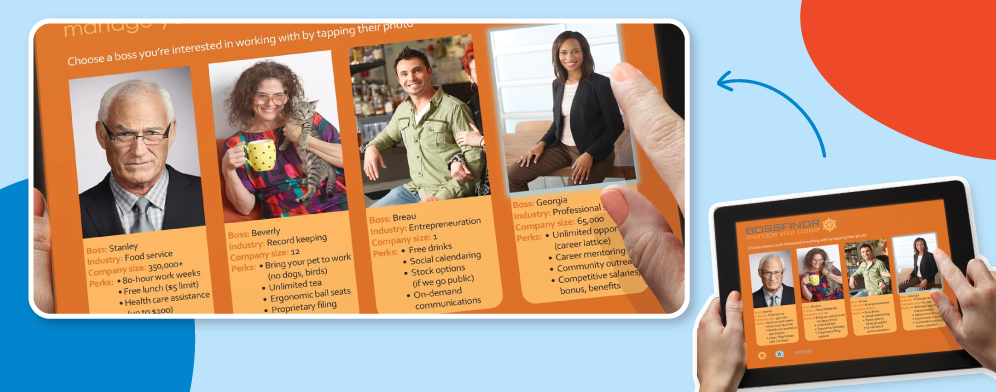
Created by one of the world’s Big Four accountancy firms, the Deloitte Employee Engagement Model is based on five elements theorized to drive productivity and motivation:
- Meaningful work. The first step is to ensure that the right people are hired for the right roles. They should then be given the tools and autonomy to achieve success. Meaningful work also encompasses the idea that smaller teams are more empowered (c.f. Jeff Bezos’ two-pizza rule), as well as the concept that individuals need time for slack. At Google, for example, they have the concept of 20% time, where one day of the week is allocated for side projects or skills development.
- Hands-on management. Clearly defined goals and a well-formulated coaching scheme are two of the principal aspects of this category. There is also a focus placed on ensuring managers, especially new ones, are given the right training and support to be able to adequately lead and foster their teams. Finally, the model suggests most companies need to reengineer their performance management to focus on growth and education overrating and ranking.
- Positive work environment. Flexible work arrangements and humanistic policies like in-house daycare and free yoga classes help people to have a better work-life balance, leading to more engaged employees. It’s also important to build a culture of recognition, where people are praised and rewarded for their contributions. The last aspect of this category is to foster a diverse and inclusive workplace.
- Growth opportunity. Avoid stagnation by facilitating learning opportunities and career progression. This should encompass everything from ongoing training to what the Deloitte Model terms ‘facilitated talent mobility,’ i.e., ensuring staff feels that they are progressing in their career and developing new skills even if they are not continuously promoted.
- Trust in leadership. The final element of the Deloitte employee engagement model is to ensure everyone understands and believes in the company’s mission. This can be achieved through leadership taking time to interact with staff, demonstrating transparency regarding the business’s future plans, and inspiring people with speeches and actions.
3.4. Gallup Employee Engagement Model
Also known as the Q12 Pyramid, the Gallup Employee Engagement Model consists of 12 needs that need to be met for staff productivity to rise. These are phrased in the form of statements:
- I know what is expected of me at work.
- I have the materials and equipment I need to do my work right.
- At work, I have the opportunity to do what I do best every day.
- In the last seven days, I have received recognition or praise for doing good work.
- My supervisor, or someone at work, seems to care about me as a person.
- There is someone at work who encourages my development.
- At work, my opinions seem to count.
- The mission or purpose of my company makes me feel my job is important.
- My associates or fellow employees are committed to doing quality work.
- I have a best friend at work.
- In the last six months, someone at work has talked to me about my progress.
- This last year, I have had opportunities at work to learn and grow.
These can be arranged into the form of a pyramid, with the bottom level (basic needs) consisting of statements 1-2, the second level (individual contribution) consisting of statements 3-6, the third level (teamwork) consisting of statements 7-10, and the final level (growth) consisting of statements 11-12.
Gallup offers a paid-for survey that helps companies determine whether their staff are having these 12 core needs met.
3.5. The Aon Hewitt Employee Engagement Model
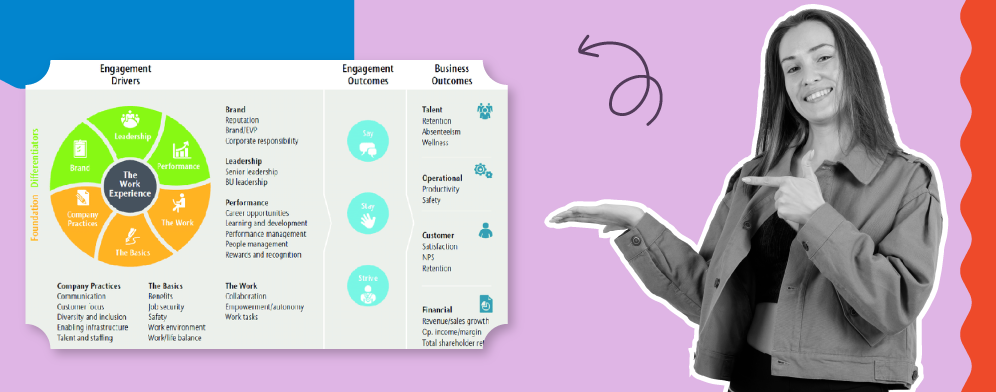
The Aon Hewitt Employee Engagement Model aims to help companies reach three strategic outcomes:
- Say, meaning staff become ambassadors for an organization through the positive feedback they relate, both internally to coworkers and externally to potential hires and customers.
- Stay, meaning staff retention is kept high.
- Strive, meaning staff feels invested in the business, so devote more energy and time to achieving its goals.
These three objectives can be affected using six engagement drivers:
- Basic needs, such as job security, benefits and work-life balance.
- Company practices, such as communication, diversity, and inclusion, and recruiting the right talent.
- The work, which means giving staff autonomy and fostering collaboration.
- Brand, i.e., a company’s reputation and its corporate responsibility ethos.
- Leadership, including the way senior leadership inspires and motivates employees.
- Performance, which covers everything from annual reviews and people management to recognition programs and L&D opportunities.
The first three drivers are described as foundational drivers, meaning they are core tenets for all companies. The latter three drivers are differentiating drivers, meaning this is where unique policies and approaches can set one business apart from its competitors.
3.6. Robinson Employee Engagement Model
The Robinson Model is also sometimes known as the IES Employee Engagement Model because it was developed for the Institute for Employment Studies by Dilys Robinson. It identifies feeling valued and involved as the most important factors relating to staff engagement. There are several key drivers to achieving this:
- Good quality line management.
- Two-way, open communication.
- Effective cooperation within the company.
- A focus on developing employees.
- Commitment to employee wellbeing.
- Clear, accessible HR policies.
- Fairness of pay and benefits.
- Harmonious working environment.
3.7. X Employee Engagement Model
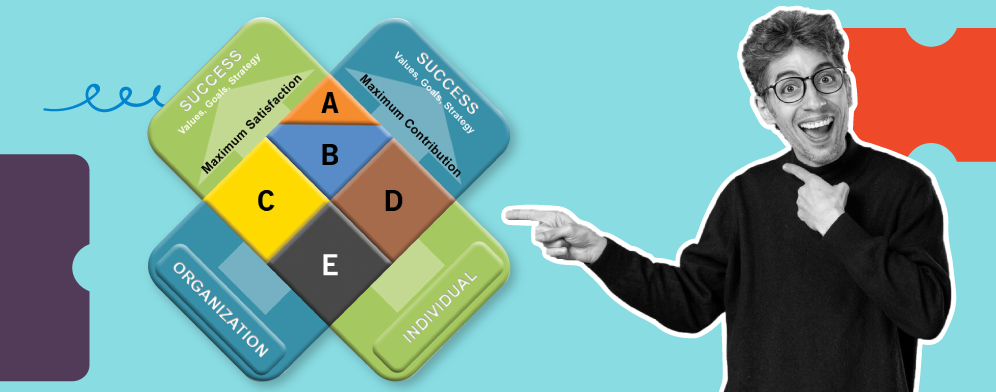
Buck Blessing and Tod White developed the X Model, so-called because it can be visualized as an X. In essence, it posits that an organization’s principal goal (maximum staff contribution to company success) and an individual’s principal goal (maximum satisfaction in their role) intersect to create fully engaged employees. Using these two axes, workers can then be categorized into one of five segments:
- The Engaged. This is where you want all your employees to be. The designation indicates they are both highly satisfied and contributing fully to an organization.
- Almost Engaged. Just a step below, this group is still a high performer but may require some time and resource investment to get them completely on the side.
- Honeymooners and Hamsters. While these two designations share a similar profile (medium-high satisfaction, low contribution), they differ in that honeymooners are enthusiastic newbies to a company who have yet to understand their role entirely. They simply need to be onboarded properly. Hamsters, meanwhile, are people who have been with a business for some time but are content to ‘spin their wheels,’ i.e., not contribute much of their energy or creativity.
- Crash and Burners. This segment of staff may work hard but they are clearly dissatisfied with their job. This can be caused by overwork or stress, or because they don’t see clear avenues for career progression. They can be vocal about their disappointments, thereby dragging down company morale. Eventually, their level of contribution is likely to dip so that they become part of The Disengaged.
- The Disengaged. These are the people who have checked out, exhibiting low levels of satisfaction and contributing little. The first priority should be to try and coach them into higher levels of performance. If that fails, it may be time to consider dismissal.
3.8. Kahn’s Model of Employee Engagemen
This framework is a fairly simple but effective way of thinking about employee engagement through three areas:
- Physical engagement, which essentially relates to the bodily and mental energy that people expend when performing tasks.
- Cognitive engagement, which relates more to staff understanding the goals of their organization and what is required of them to contribute usefully.
- Emotional engagement is based on creating positive team dynamics and supportive management styles.
When policies have been implemented that target these three dimensions, staff should end up: 1) feeling safe within their work environment; 2) deriving meaningfulness from their work; and 3) assured that they have the right resources to reach their full potential. These three elements are what Kahn thought ultimately contributed to optimal employee engagement.
3.9. Schmidt Model of Employee Engagement
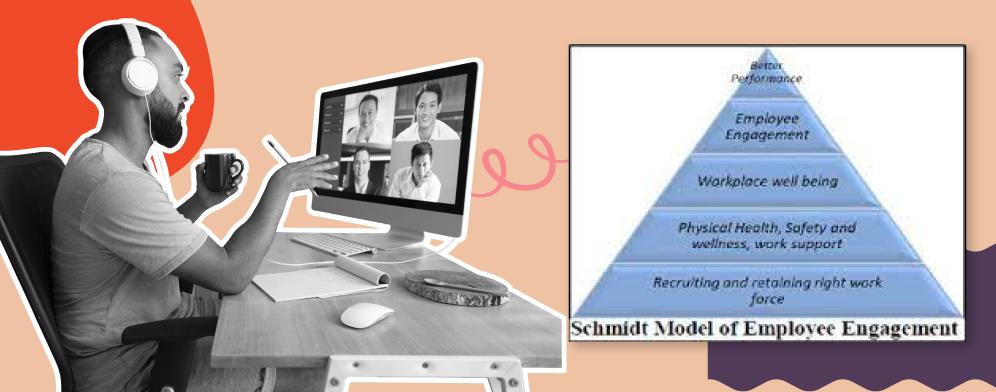
The Schmidt Model of Employee Engagement focuses on the employee lifecycle as a means to promote productivity and satisfaction. Another schema designed as a pyramid, the first, most important level is about recruiting and retaining the right workforce. The theory is that good hiring practices, combined with clear support structures and well-being initiatives, will inevitably lead to high employee engagement and high overall levels of organizational performance.
4. FAQs
4.1. What are the key elements of the 4 Es engagement model?
There are actually several different versions of the 4 Es Engagement model, but the most common framework focuses on enablement (providing people with the right resources to do their jobs), energy (knowing how to manage and maximize someone’s energy), empowerment (giving staff autonomy) and encouragement (recognition of success in order to build confidence).
4.2. What are the 4 pillars of engagement?
Authors David Macleod and Nita Clarke describe the 4 pillars of engagement as strategic narrative (having an authentic, inspiring company story), engaging managers (leaders who motivate and support staff), employee voice (making individuals feel their perspectives and contributions are valued) and organizational integrity (alignment of an organization’s words and actions with its stated objectives).
4.3. What are the 3 Cs of employee engagement?
The 3 Cs is another employee engagement tool designed to help companies analyze the core aspects of keeping staff satisfied and productive. It consists of career (opportunities to advance and receive coaching), competence (access to learning and development courses or other training tools) and care (making staff feel appreciated and aided on a day-to-day basis).
4.4. What is employee engagement process?
The employee engagement process is about ensuring your staff is motivated and satisfied by their roles and workload. Depending on the framework you utilize, this can involve analysis of each individual’s engagement or more general implementation of policies designed to equally benefit all workers.
 Interested in Virtual Team Building Events?
Interested in Virtual Team Building Events?






